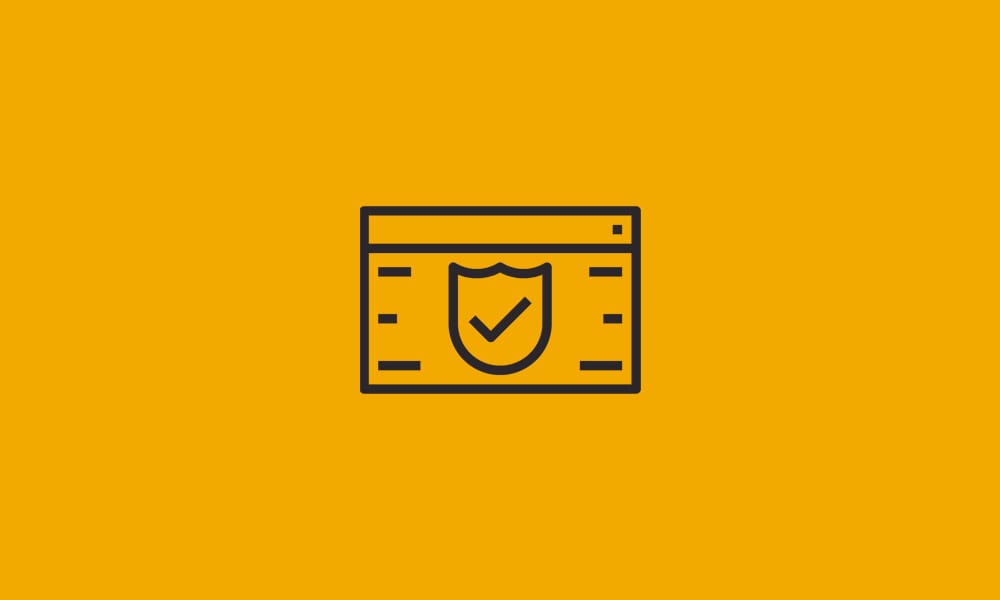sdlan.datayard.us upgrades
On Tuesday June 11Th at 3PM EST DataYard will be upgrading our Unifi controller, sdlan.datayard.us. The Unifi web portal may be unavailable for 15 minutes during this time. No other systems will be affected. Let us know if you have any questions, concerns, or just want to chat: 1.800.982.4539 or [email protected]. Remember to follow us […]
Google Chrome Updates – Is Your Site Secure?

The world’s most popular Internet browser, Google Chrome, is releasing an important update in the coming weeks. Starting with the public and stable release of Chrome update 68, the browser will show a yellow “warning” icon next to the URL of web sites which are not protected by a SSL cert, and when this icon […]
Keeping the Internet Safe

Earlier this month was Safer Internet Day, which is a day dedicated to creating awareness around safe internet usage mainly geared towards children and teens. I realized this topic didn’t exist when I was growing up. Think about it for a second. I am in my mid-late twenties and I have had more years with […]
How to update your DataYard Mail Filter Settings

DataYard’s new and updated mail filter features improvements to both spam and virus filtering performance and the user interface. This article explains how to create an account on DataYard’s Mail filter, update your password, add and remove entries from your whitelist and blocklist and adjust your spam filtering levels from the defaults. Creating an account […]
DataYard – At Your Service
DataYard – At Your Service! Now available by popular demand, DataYard has created a brand new offering under a brand new division, At Your Service. AYS will help regional companies with all aspects of business IT – whether it is managing existing workstations and servers, migrating to a VoIP phone service, upgrading network equipment, or guiding your transition to […]
DataYard’s 2016 Internship Program – Internet of Things Kick-Off!
On June 1st DataYard officially brought on two new summer interns for a specific and pretty cool project – to explore the Internet of Things (IoT)! The chosen ones – Owen Devine and James Kinion – will be working with us through August to design, build, and deploy mobile units which report not only their […]
Client Spotlight – Mikesell’s Project Overview
DataYard is proud to announce our latest partnership with the Mikesell’s Snack Food Company – the oldest potato chip company in the United States! Since 1910, Mikesell’s has been manufacturing and shipping delicious treats from right here in Dayton to the surrounding tri-state. DataYard and Mikesell’s were introduced via mutual partners and Technology First relationships, […]
Linux Exploit Liability? Backspace 28 times to get in…Really?
Linux Exploit Liability? Backspace 28 times to get in…Really? Recent headlines on a new Linux exploit have been spectacular: How to hack any Linux machine just using backspace Exploit Logs You Into Linux Systems After Hitting Backspace 28 Times Log into most any Linux system by hitting backspace 28 times The vulnerability lies within the […]
